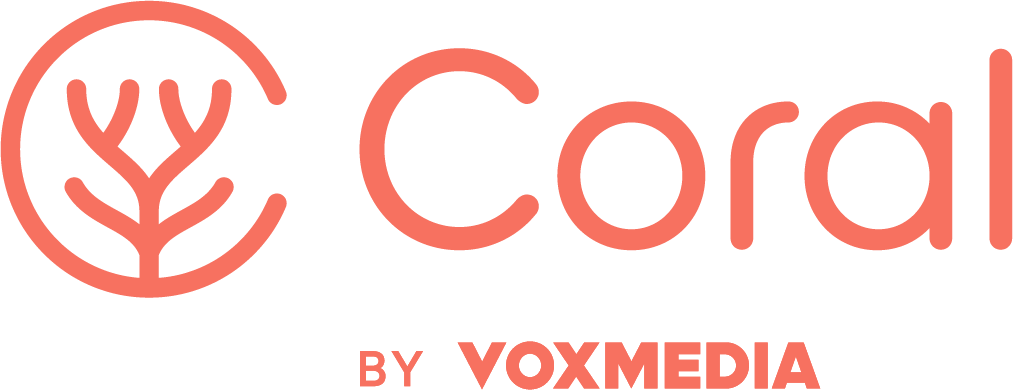Over in our Community Slack channel (join here!), Guillermo Lopez of Univision’s Innovation Team told us about a highly successful implementation of our Ask tool on their site. We were excited to hear about it, and asked him to tell us a little more:
Why did you decide to use Ask? What issues were you facing around engagement?
Univision has always had a very special and intimate relationship with its audience. For many newcomers to this country, it is the last link to the culture they left behind for economic or political reasons. It also plays the role of the elder brother/friendly profession who can help and guide them through integrating into their new home.
In the digital age, we are compelled to advance in that relationship beyond mere broadcast. Our comments platform faces the same issues most sites face – it is mostly unattended by us, often filled with unrelated commentary. We have the same problem with Facebook, as well as privacy issues for members of a community that is under constant threat of deportation.
So when we heard about The Coral Project, we thought it was trying. Just the idea of asking our audience a specific, focused question related to an article, instead of a generic “Comment” box, seemed very promising to us.
Tell us about how you used Ask in conjunction with a live TV show?
Aquí y ahora is Univision’s equivalent to 60 Minutes – a weekly newsmagazine on Sunday evening presented by Maria Elena Salinas and Teresa Rodriguez, two of the network’s most respected anchors. On March 5th, we presented a special program called “Immigration: The New Rules” about the laws and directives that the new administration is implementing and planning. It was planned as a town hall format in which the audience could present their issues and concerns to a panel of immigration lawyers.
We wanted to expand these questions to our online audience, so in addition to a social media hashtag, we created an Ask form. We were able to embed the same form in a few different articles, and also created a standalone article to promote the form on social media. I talked with our TV/digital link producer, and arranged that responses to one of the questions on the form would be used during the show.
Until now, the only way to reach us was by writing an email to the Immigration Editor, which meant all the responses were mixed up in his Inbox. With Ask, we can share the curation task in the Submission Manager among writers and editors, and give each topic a different form. The response to the form was overwhelming – we received more than 400 questions in two days.
What are your future plans for Ask?
We have a lot of plans. We are planning to use it in our new project, “How to America”, to get feedback and suggestions for topics our audience want to see answered. We also want to expand its use in our Health and Trending sections, to get first-person testimonies around social and health issues that aren’t in the mainstream conversation. We are also trying to figure out how to use it in a more consistent way in Immigration stories, perhaps through a Q&A series with legal associations.
Ask is free for you to use. If you’re interested in trying Ask, contact our Integrations Engineer, Jeff Nelson or read our technical documentation to get started.


![[IMAGE] A large TV graphic that says Aqui y Ahora in 3D letters. In the background of the graphic is a map of the world.](https://guides.coralproject.net/wp-content/uploads/2017/03/322364_10150541353089985_1886051621_o.jpg?w=1500&h=500&crop=1)